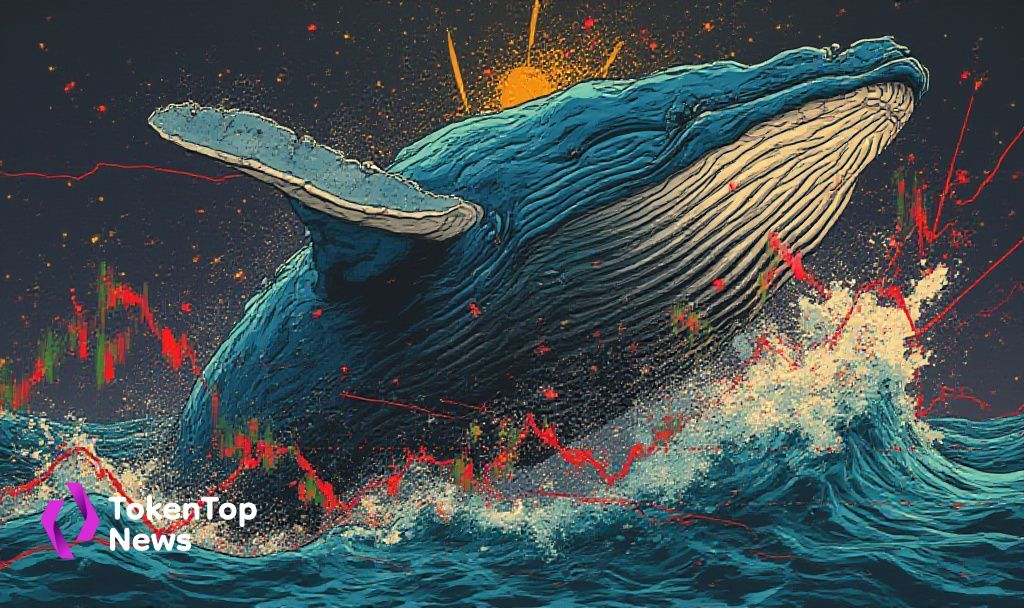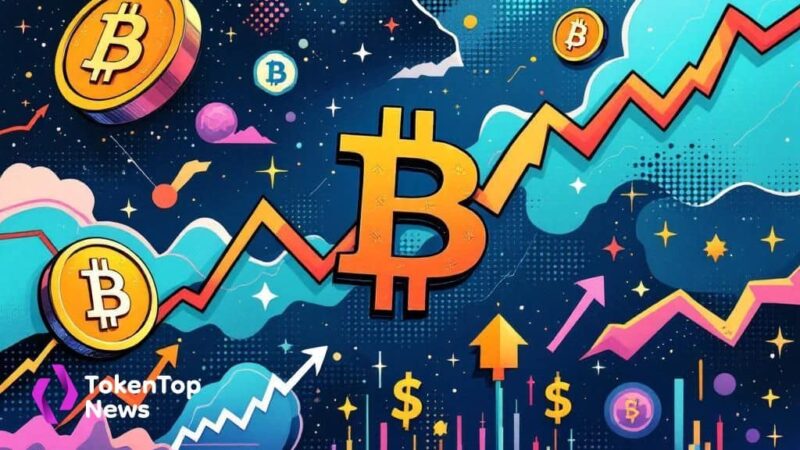Whale Withdraws 6,053 ETH from OKX Exchange
- Whale withdraws 6,053 ETH, impacting market dynamics.
- Transaction valued at $15.66M.
- Potential reduction in selling pressure.

This transaction signals a strategic move possibly indicating confidence in Ethereum ETH -0.30% ’s future value amid market volatility.
Transaction Overview
The withdrawal of 6,053 ETH from OKX represents a significant transaction with implications for Ethereum’s market. Monitored by Lookonchain, it suggests strategic positioning by a whale anticipating market movements or seeking cold storage. Lookonchain, an on-chain data monitoring platform, confirms the transaction’s occurrence. This withdrawal could imply reduced selling pressure if demand for Ethereum remains constant, potentially supporting price increases. As noted by Lookonchain, “On May 17, 2025, a whale address withdrew 6,053 ETH worth approximately $15.66 million from the cryptocurrency exchange OKX.” source
Market Implications
The withdrawal coincides with Ethereum’s bullish technical indicators and its critical role in the DeFi and NFT ecosystems. Market analysts note that such movements can signal confidence in the asset’s future prospects. Ethereum was trading around $2,587 at the withdrawal. Traders are monitoring breakouts above key resistance levels, viewing the withdrawal as indicative of long-term accumulation or price rally expectations. As suggested by Blockchain.news, “Monitoring Ethereum’s price for breakouts above key resistance levels like $2,650 is crucial for traders.”
Strategic Whale Movements
While no direct quotes from key industry leaders are available, historical trends suggest large withdrawals often align with strategic holding decisions. Market participants remain alert to potential impacts on trading behavior and market sentiment. The removal from an exchange like OKX indicates confidence in price stability or increase. Analysts watch correlated assets and volumes for further market implications. The removal of substantial ETH from the exchange suggests reduced selling pressure, potentially supporting price increases if demand remains stable.




